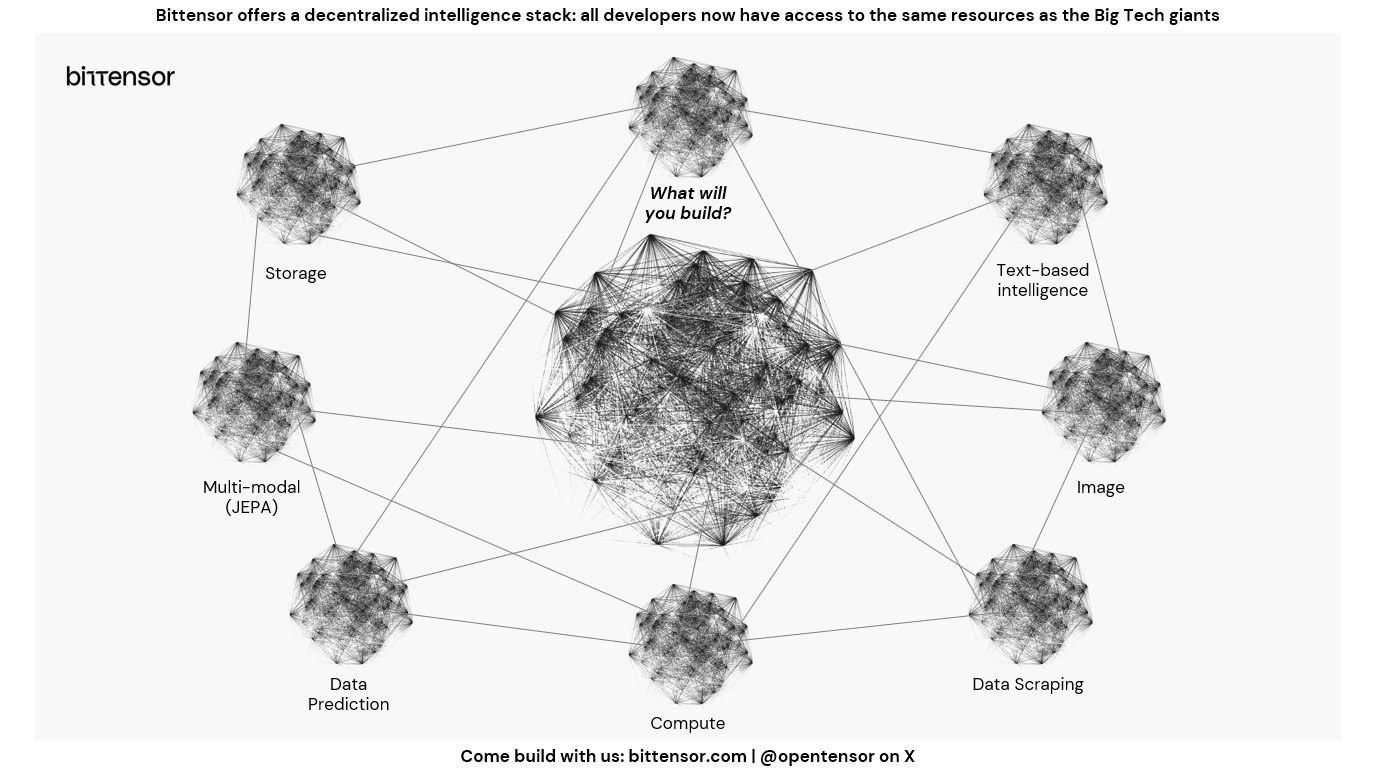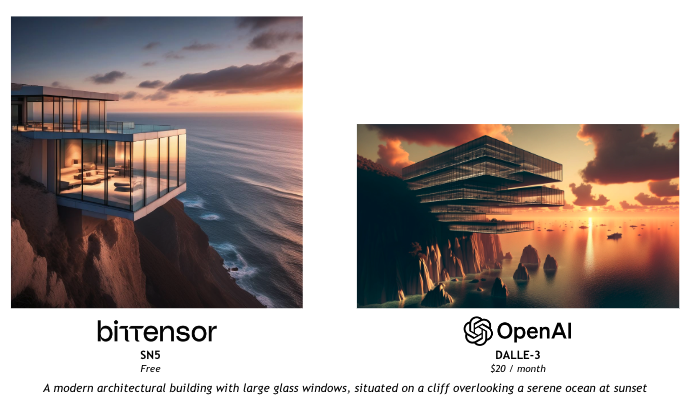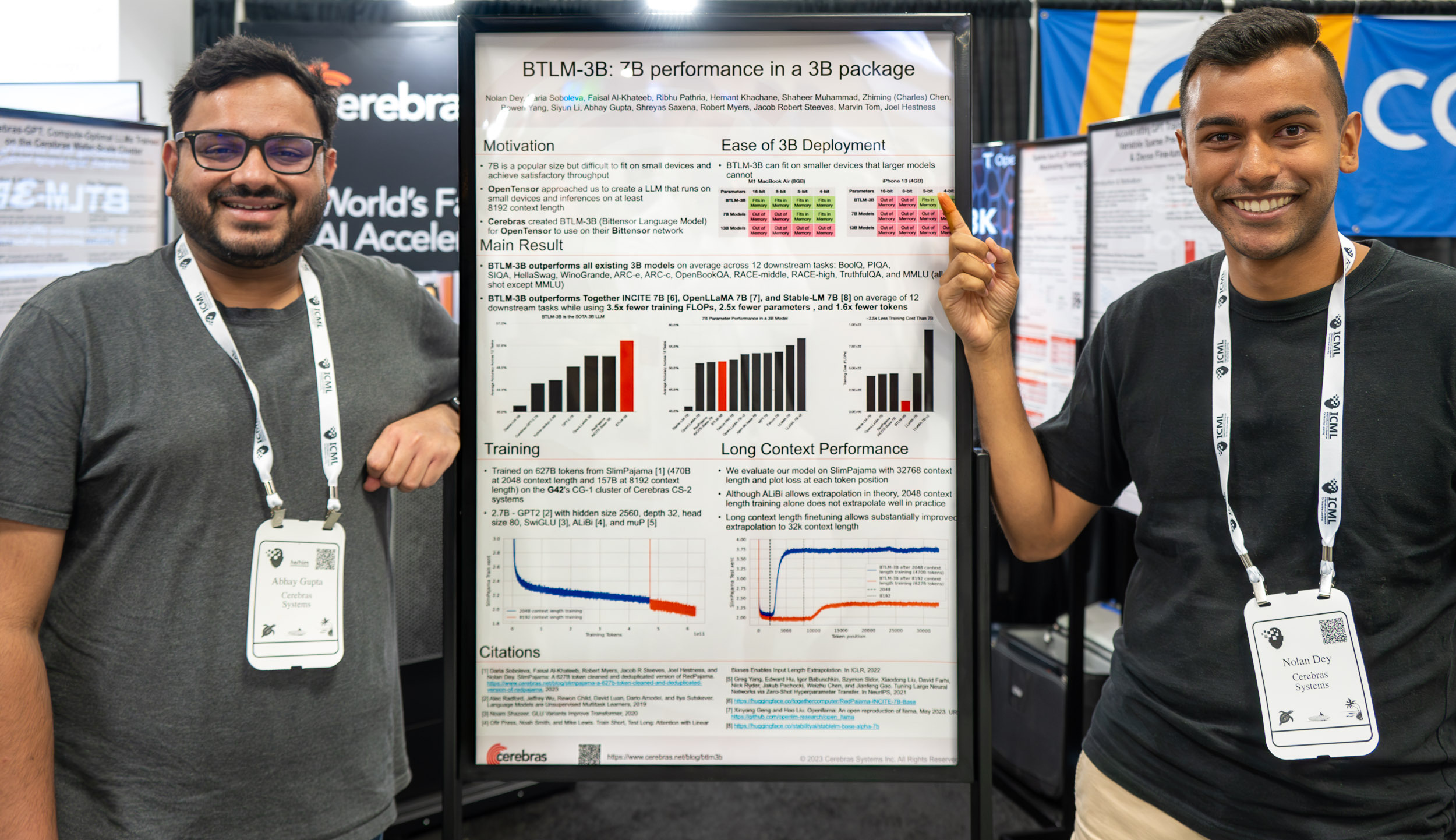DeAI: Bittensor's Quest to Democratize AI with Blockchain
Bittensor is a novel project that integrates the decentralized ledger technology of blockchain with the cutting-edge field of machine learning. Its overarching mission is to democratize access to AI, allowing for a more equitable distribution of machine intelligence benefits and ownership. The project aims to do this by creating a peer-to-peer market that not only facilitates the exchange of machine learning services and models but also rewards contributors and participants within the ecosystem.
The underpinning technology of Bittensor is quite robust, featuring a decentralized machine-learning protocol that promotes the sharing and collaboration of machine learning capabilities. Its infrastructure includes a unique consensus mechanism known as Proof of Intelligence and a Decentralized Mixture of Experts (MoE) model. These technological elements work in concert to foster an environment where machine learning models can be distributed and trained across vast distances, which can catalyze innovation and the exchange of ideas.
One of Bittensor's significant offerings is the $TAO token, which serves multiple roles within the platform's ecosystem. The total supply of TAO tokens is capped at 21 million, mirroring that of Bitcoin, and these tokens are distributed over time via staking rewards, mining rewards, and community initiatives. The tokens serve as a medium for governance voting and are used for transactions within the Bittensor ecosystem for AI-based applications and services. The tokenomics of $TAO, with its deflationary aspect due to token burns with every genomic sequence sale, and the anticipated halving every four years, closely resemble that of Bitcoin, suggesting a design for long-term value retention and growth.
Bittensor's real-world application potential is extensive, with possible uses ranging from the development of AI models for virtual assistants, recommendation systems, fraud detection, to more complex applications in autonomous vehicles, facial recognition, medical diagnoses, and more. However, despite these promising aspects, the platform faces significant challenges, especially the need for widespread adoption by a competent and engaged developer community. The success of the project depends heavily on overcoming these challenges to make an impact on the broader cryptocurrency and machine learning communities.
As of late 2023, Bittensor has demonstrated impressive market performance, with the $TAO token reaching an all-time high. Despite this, the project’s long-term trajectory remains uncertain due to the absence of a clear roadmap and the lack of recent announcements of new features.
To understand Bittensor's market position and potential, it's necessary to compare it with established players in the AI sector. OpenAI, for instance, valued at $80 billion in its latest funding round, provides a benchmark for Bittensor’s aspirations. If Bittensor could capture even an eighth of OpenAI's valuation, that would place its fully diluted valuation (FDV) around $10 billion—a substantial goal given that Bittensor operates in the more niche intersection of blockchain and AI.
In conclusion, Bittensor represents a confluence of blockchain and AI technologies with the potential to disrupt the current centralized paradigms of AI development and distribution. While it may face hurdles common to pioneering tech ventures, its vision aligns with the broader trends towards decentralization and democratization of technology. With strategic growth and community engagement, Bittensor could very well position itself as a cornerstone of the Web3 evolution of AI, contributing significantly to the sector’s advancement and application.




46 comments
2jhrvy
pj9lr1
pj9lr1
hdd5g6
hdd5g6